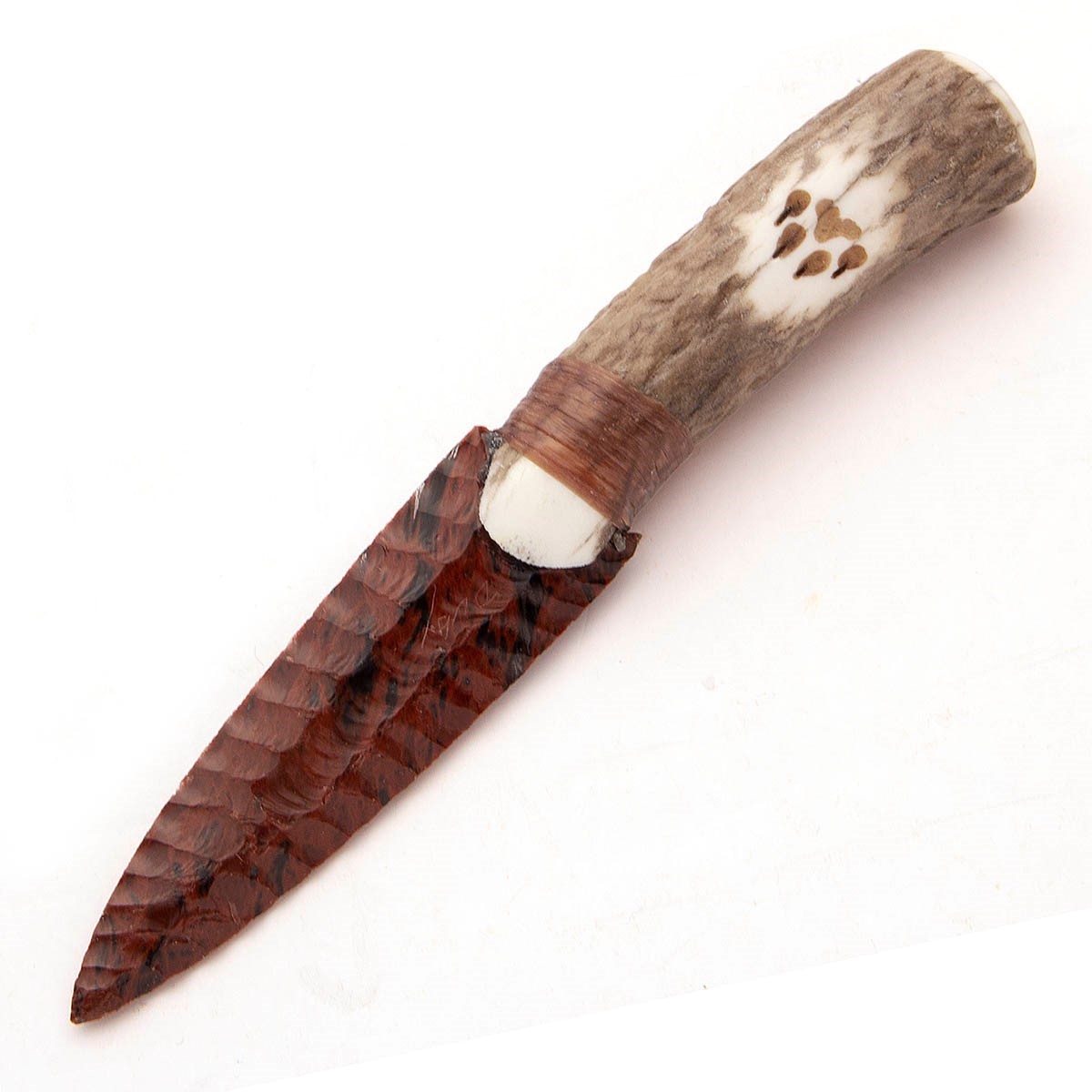

Under a microscope, an obsidian scalpel divides individual cells in half, while steel scalpel incisions look like they were made by a chainsaw. The smaller the angstrom, the finer the blade.Ī household razor blade (King Gillette produced the first safety shaving blade in 1904) is about 300-600 angstroms, while an obsidian blade is about 30 angstroms. Angstroms are a unit of measurement between atomic planes in a crystal. Obsidian can produce cutting edges many times finer than the best steel… and obsidian blades first produced about 2,500 years ago in Mesoamerica can still cut today. Reusability is cost-efficient, but sharpness produces cleaner and more precise cuts with quicker healing and less scarring. However, obsidian… a type of volcanic glass… has re-emerged. Stainless steel later took over, due to its reusability and resistance to corrosion. Years ago, most scalpels were made of nickel or chromium-plated carbon steel.

Other features like shape, balance, uniformity and dependability are critical. After the 1st and 2nd World Wars, the American industry caught up in manufacturing leadership.Īs elective surgery rose to prominence, the individual needs out of a scalpel have morphed and now must meet certain requirements. The relatively inexpensive obsidian scalpel is a good substitute for an. It is ideal for applications where an extremely fine cutting action is required or where trace metals from ordinary scalpel blades cannot be tolerated. For a time period, barber-surgeons were prominent in the US, embellishing their scalpels as part of the art of their craft. Obsidian is a type of volcanic glass that produces a much finer blade than conventional steel. America historically has always imported knives. Surgical instrument-making, as a profession, was noted in the 18 th century in England, France, Holland and Germany. Roman surgeons relied on armorers who made cutlery for wartime as well. Copper in 3500 BC, bronze and iron in 1400 BC. How the scalpel was made has varied over time.īlades were initially composed of sharpened stones like flint, jade or obsidian, but metal blades replaced them. Interestingly, the shape of the scalpel likely has not changed much over time. Wounds happen on the battlefield while incisions happen in the operating room, so “scalpel” implies security associated with healing. Furthermore, a “knife” can be used by anybody, but a “scalpel” is only used by a surgeon. If anyone else takes a knife to another person, it’s a criminal attack. “Knife” connotes danger and is more likened to a weapon associated with mutilation and death. Modern surgeons have embraced the term “scalpel” over “knife”. “Scalpel” comes from the Latin word, “scallpellus”.

Hippocrates may have been the first to describe the surgical knife, termed the “macairion”, a smaller version of a Lacedaemonian sword called a “machaira”. Flint knives were used as scrapers to cut through the skull in trepanation. It’s evolved, changing form, to meet our needs.Įvidence of knives used in medicine may be traced to the Mesolithic period around 8000 BC. The knife is hypothesized to have existed for more than 2 million years, longer than modern humans have walked the Earth. Wood from private and public land, including juniper and pine, is harvested locally to construct their furniture.Amongst the list of the most useful tools in human history, the knife is usually at the top. Wood handles and all wood used to construct their furniture is obtained close to Prairie City, Oregon. Bone handles are a by-product of the fur industry, and no animal is harmed to obtain them. Dale buys antlers shed annually from local deer and elk which are mostly picked up by ranchers who know the animal''s whereabouts at all times. Most of the high quality obsidian used comes from Central Oregon and Northern California and come in a variety of colors such as mahogany, rainbow, midnight lace, clear green, Burns green, silver sheen and more. Materials needed to produce these knives are obtained locally. It was then that Dale decided to start making artifacts that eventually turned into a full-time job. It was then that Dale began making arrowheads for friends simply as a hobby, but in 1988, while Dale was falling timber in the Seneca, Oregon area, he discovered a lot of obsidian laying around on the ground.

Obsidian scalpel blade how to#
Dale became very interested in the technique and so he asked the other fellow to teach him how to make an arrowhead. In 1963, while Dale Duby was working in the woods as a timber faller, he saw a fellow logger making an arrowhead from a piece of obsidian during their lunch break.


 0 kommentar(er)
0 kommentar(er)
